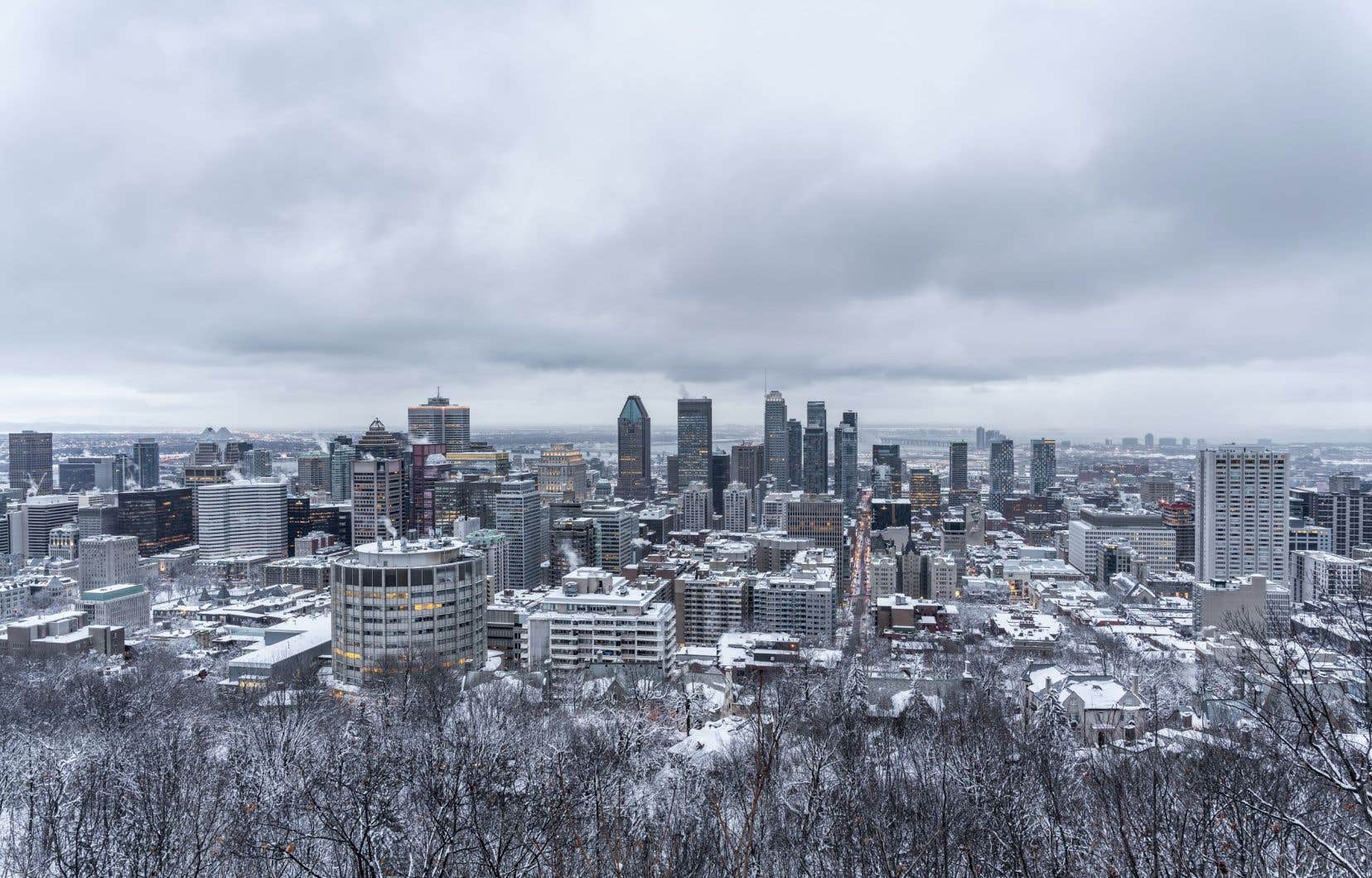Over the past 20 years, more than 153,000 housing units have been built in Montreal, with a record year in 2021 of 13,200 units started. This number is impressive! So, how can we explain that more and more Montreal households are having difficulty finding housing that meets their means and needs? Why is the housing crisis getting worse despite being at the top of our priorities for the past six years?
First, we must speed up construction starts. Demand for housing is increasing and supply must keep pace. But beyond this consensual observation, we must also ensure that the type of housing built is adapted to the needs of the Montreal population.
There are too many examples of metropolises that have tried to combat the housing crisis by quickly stimulating supply without ensuring coherent urban planning. Whether in Vancouver or Toronto, it is clear that the growth in the number of units alone has not made the residential market more accessible for all budgets and more welcoming for families.
Before we came to power, the metropolis relied on an inclusion strategy, adopted in 2005, which allowed it to negotiate social and affordable units with developers in exchange for height exemptions and exemption from construction rules. architecture or other elements linked to the ecological transition.
Given the lack of incentives, very few of them decided to participate in diversity voluntarily; the inclusion strategy was very limited in scope.
For our administration, it quickly became obvious that diversity in real estate projects should not be negotiable individually. Rather, it should become everyone’s business and be supported by the entire ecosystem to ensure its sustainability.
It is with this in mind that we created the Regulation for a mixed metropolis (RMM), the “20-20-20”, which promotes the development of new social, affordable and family units in order to protect affordability and diversity. of the real estate stock.
Imagine what Montreal would look like today if, of all the housing built over the past 20 years, a percentage had been reserved for sustainable affordable housing and social housing and even (let’s be crazy!) housing with more than two bedrooms to accommodate families in central neighborhoods.
Fewer families would have had to leave the island to settle in the suburbs with the arrival of a second child and rents would have increased less sharply.
The most vulnerable people, including the homeless, but also low-income elderly people or even victims of domestic violence, would not find themselves in a situation of homelessness and resorting to emergency shelters in such large numbers.
However, we must remain lucid and consider the RMM for what it is: an urban planning tool that ensures social diversity and affordability and not a housing construction program. Thus, to be fully effective, the RMM needs other measures to support it, at all levels.
The real estate crisis that has been raging for two years through rising interest rates, material costs and labor scarcity must serve as an opportunity for governments, the private sector and NPOs. in housing to combine everyone’s strengths and rethink our financial models to adapt them to today’s realities.
But this shift must be made while continuing to assume the responsibility of ensuring that the most vulnerable are adequately housed.
Social and economic diversity will not be achieved by charity or by miracle. It is an issue of social justice which deserves to be duly regulated both legally and politically.
For our part, there is also the envelope of 600 million dollars that our administration created to purchase land and buildings to remove social and affordable units from the speculative market. Never before seen in the City of Montreal.
By purchasing land to resell it at an advantageous price, we directly contribute to the creation of housing by lowering the overall price of projects.
After two years of application, the RMM is slowly but surely gaining momentum. It will only be in 10 to 20 years that we will be able to fully appreciate its contribution to the development of affordable real estate in Montreal.
The RMM is a social choice that preserves the character that makes Montreal so special. It is the choice to live in mixed neighborhoods, open to all segments of the population. It is the choice to sustainably protect the accessibility of our real estate stock for the middle class in addition to planning the development of our metropolis so that it continues to vibrate on a human scale.
